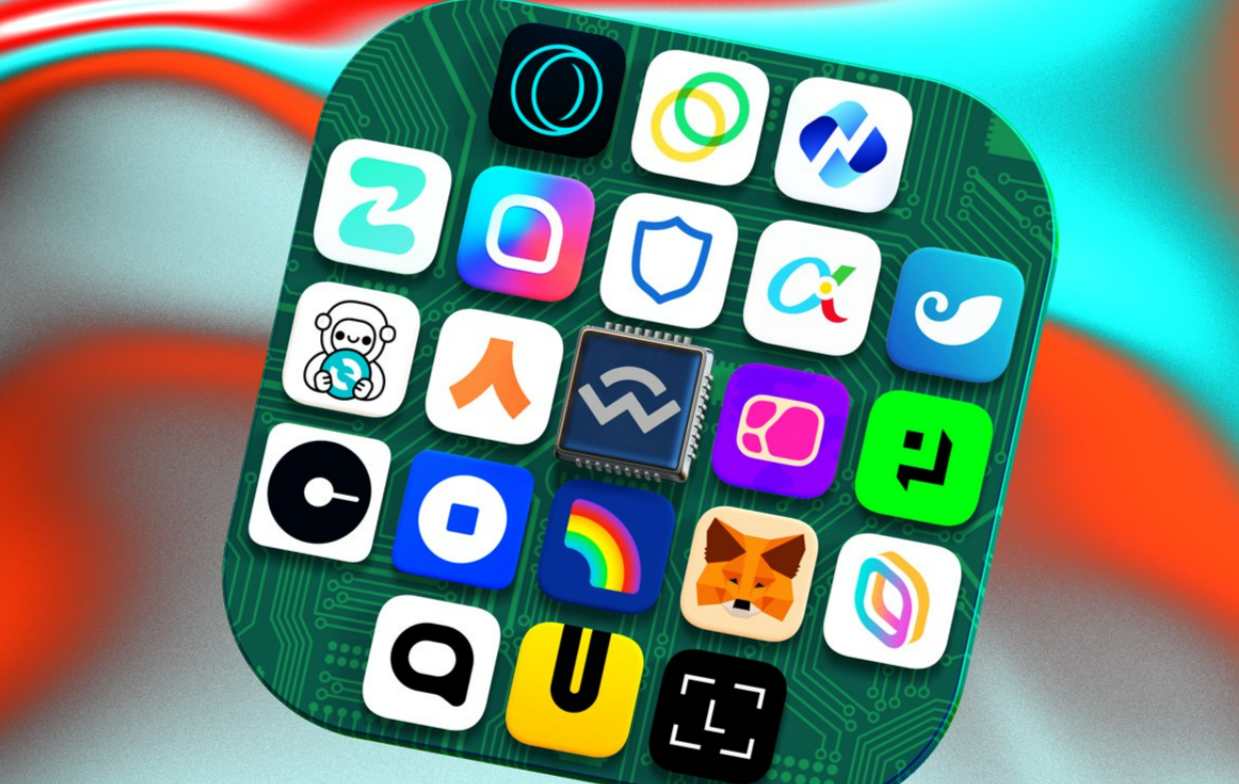Many people have benefited from social media advertising their products and services, connecting with new people, rising to the top of their professions, amassing fortunes, and so on. All the advantages, however, come with significant drawbacks. Centralized social media platforms have many flaws, including security breaches, censorship, privacy invasions, server failures, de-platforming, and more.
Even though they provide several useful free features, they are ultimately responsible for a much more serious problem. Due to the advantages web3 social media platforms have over traditional social media, they are being adopted by many developers and businesses to overcome these issues.
Are you also interested in developing web3 social platforms like DiamondApp, Minds, or Audius and enjoying business success? Contact Best Web3 Development, a leading web3 social media platform development company, and get started today.
This article will shed light on the top web3 social media platforms in 2023.
List of Top Web3 Social Media Platforms in 2023
DiamondApp
Diamond is a platform based on DeSo that helps creators and their audiences develop a strong online community centered around shared content, rewards, and ownership (the Decentralized Social Blockchain).
The platform is a novel social network that combines investments and social media; it has its custom blockchain and has been designed from the ground up with these features in mind.
It shares some similarities with Bitcoin’s design but also scales to accommodate more complex social network data.
Diamond is a decentralized, open-source project that provides users with the same capabilities they enjoyed on Web2 tools, including the ability to post, share, and communicate with one another.
Mirror
Mirror is an open-source web3 publishing platform with a strong emphasis on user anonymity and decentralization. Users can generate and distribute their content while maintaining financial control over it.
Users can access several helpful features on Mirror, such as an editor, reader view, social media integration, and a wallet. The Mirror Dashboard makes it simple for users to integrate web 3.0 applications into their domain.
Odysee
Odysee, YouTube’s Web 3 counterpart, debuted in December 2020. It has grown rapidly in popularity in a short time, largely due to the protection of users’ right to express themselves freely. It’s a place where people can upload videos to be shared on the LBRY network.
Because of the immutability of the blockchain, the creator’s channels will forever exist. The community itself governs itself without the need for moderators. Tokens are awarded to anyone who views the video and participates in the platform’s development.
LunarCrush
To put it simply, LunarCrush is a social listening engine that sifts through social and market data for cryptocurrencies, NFTs, and stocks to extract useful insights. LunarCrush aims to assist its users in separating relevant information from irrelevant content on social media and in the constantly shifting marketplace. Users can find out which projects are getting press, which influencers are making an impact, and so on with the help of LunarCrush.
Let’s use a concrete project to break it down.
You can find a lot of information on the social sentiment of Bitcoin on LunarCrush. You can see, for instance, the number of times Bitcoin has been mentioned on social media, the level of participation from users, and a great deal more.
Entre
Careers and social media have evolved in Web 3. Entre is a great resource for professionals looking to expand their professional networks, find new employees, or raise money, and you can get paid to use it. The fact that it’s still in its infancy means that it is, for the time being at least, immune to the Linkedin hordes. Creators looking to gain an early edge can benefit from the platform’s gamification and points systems, which make using the service more enjoyable than LinkedIn.
Lens Protocol
Lens Protocol is a web3-native DApp that allows users to store and share private data across multiple networks in an uncensored and decentralized manner.
Blockchain technology and advanced encryption methods ensure that all user information is kept secure and private. For those who prefer to use something other than web2 services like PayPal or a bank account to access their digital assets, Lens Protocol also supports web3 wallets like Metamask.
Mastodon
Some have compared Mastodon to an improved version of Twitter due to its user-friendliness. This is not a single website but a decentralized network of communities worldwide.
While Mastodon has been around since 2016, it has only recently seen rapid growth as users look for a decentralized Twitter alternative. Mastodon stands out among social media platforms because it is open source, ad-free, crowdfunded and managed by Mastodon’s creator, Eugen Rochko.
Audius
Audius is a decentralized music streaming service that uses social media features to give creators more control, and it’s all powered by the blockchain. The platform is owned and operated by a collaborative group of musicians, music fans, and software engineers; it uses its cryptocurrency token, AUDIO, to give creators more financial and creative freedom.
The seven million monthly users help keep the one million songs, and over 250 thousand active artists featured on Audius afloat. Although Audius isn’t out to take on established players like Apple Music, the upstart streaming service has found success by melding music with Web3.
Supernovas
Supernovas often referred to as the “Instagram of NFTs,” is the hub for the NFT community’s most dedicated third-generation Internet users. The DeSo blockchain, a well-known open-source social media infrastructure, is the foundation for this platform.
Supernovas provide a wonderful venue for NFT artists and collectors to network and develop a shared appreciation for the visual arts.
Characteristics Of Decentralized Social Media Platforms
- Users gain more control, privacy, and potential with
- Decentralized platforms.
- As an improvement over the traditional one-way communication found on Web 2.0 social networking sites, they allow for conversation between a minimum of three participants.
- These sites are designed to facilitate the creation of communities and the free and open exchange of information and ideas among their users.
- The advantages of decentralized social media platforms over conventional Web 2.0 social networking sites are increasing their popularity.
- In a decentralized system, users are not subject to the censorship of corporate policymakers, allowing for more open communication.
Web3 Social Media Vs. Traditional Social Media Platforms
Eventually, decentralized platforms will clear the way for even more decentralized alternatives. It is expected that Web 2.0 will evolve in response to the criteria established by Web 3.0.
Users increasingly value Web 3.0’s interactive process, creator economy, and general safety measures instead of blithely accepting Web 2.0’s lack of privacy.
Conclusion
Web3 social media platforms provide many benefits that web2 services do not, including greater control over content creation and moderation rules, secure payments via cryptocurrency, real-time analytics, smart contracts for frictionless payments between fans and musicians, etc.
Numerous web3 social media solutions are available now, with platforms like Mirror, MINDS, Lens Protocol, DiamondApp, Mastodon, and Audius just a few examples. We can only anticipate these platforms becoming even more popular with online audiences worldwide as web3 technology continues to evolve in the coming years.

